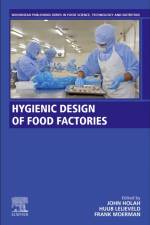- Measurement, Remote Sensing, Microphysics and Modeling
2 887
Precipitation Science: Measurement, Remote Sensing, Microphysics and Modeling addresses the latest key concerns for researchers in precipitation science, mainly observing, measuring, modeling and forecasting. Using case studies and global examples, the book demonstrates how researchers are addressing these issues using state-of-the-art methods and models to improve accuracy and output across the field. In the process, it covers such topics as discrepancies between models and observations, precipitation estimations, error assessment, droplet size distributions, and using data in forecasting and simulations. Other sections cover improved standard approaches, novel approaches, and coverage of a variety of topics such as climatology, data records, and more. By providing comprehensive coverage of the most up-to-date approaches to understanding, modeling, and predicting precipitation, this book offers researchers in atmospheric science, hydrology and meteorology with a comprehensive resource for improving outcomes and advancing knowledge.






























